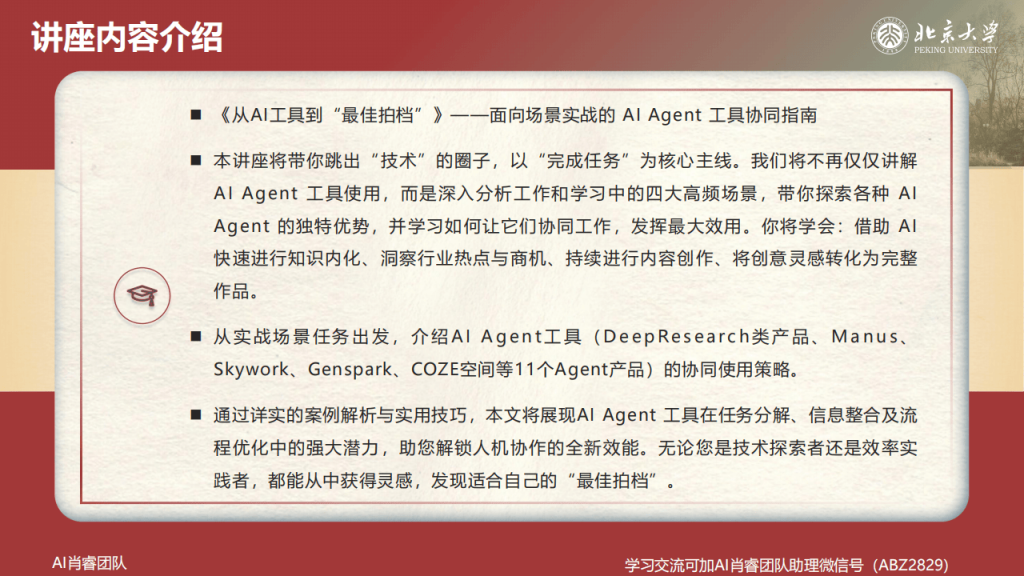While you might still be staying up late to organize literature, scratching your head over industry reports, or struggling with content creation, a group of AI ‘assistants’ has quietly evolved from single tools into collaborative ‘best partners’. Today, intelligent tools represented by AI Agents are no longer limited to technical demonstrations but have deeply engaged in knowledge learning, industry analysis, content creation, and creative design in high-frequency scenarios, using their collaborative capabilities to help people efficiently complete tasks and redefine the boundaries of human-computer collaboration.
In the realm of knowledge exploration, AI tools are breaking through ‘information overload’ and ‘understanding barriers’. In the past, digesting a professional book or an academic paper often required painstaking word-by-word analysis, and encountering cross-language literature made it even more challenging. Now, a series of AI tools have made knowledge learning efficient and flexible.
Want to quickly grasp a professional concept like BERT? The ‘What Should I Learn Today’ feature of Mita AI can transform obscure papers into interactive courses, complete with PPT explanations and style options like ‘Fast-paced’ or ‘Chatty Grandma’, along with a ‘Test Me’ feature to check learning outcomes, turning tedious theory into something lively. If you want to systematically learn Python, tools like Doubao and KIMI can tailor learning plans that progress from basic syntax to practical projects, and provide real-time answers for code errors, allowing beginners to get started quickly.
In academic research, literature reviews used to be a time-consuming ‘roadblock’. However, now Doubao can automatically summarize nearly a decade of literature on rural tourism development in China, clarifying the roles of various stakeholders like the government and villagers, and generate a clearly structured review report that supports graphical annotations and secondary editing; Genspark excels at integrating multi-source information and can even supplement video materials, providing a more three-dimensional perspective on research. These tools not only extract core viewpoints but also label information sources, balancing efficiency and rigor.
Industry Insights: Grabbing the Key from Massive Information
Faced with unfamiliar industries or emerging technologies, AI tools can quickly build a cognitive framework, allowing ordinary people to grasp the pulse of the industry.
The low-altitude economy has been a hot topic in recent years; want to understand the opportunities within? Manus can outline the industry landscape from policy, economic, and technological dimensions, even organizing specialized content like airspace approval and profit models into a ‘foolproof checklist’, making it accessible for community mothers to understand how to become ‘drone bosses’ and engage in agricultural protection and aerial surveying businesses. In the cross-border e-commerce field, Genspark can analyze consumer trends for niche products like wearable armor in Southeast Asia and Europe, recommending high-potential styles and pricing strategies to help novice sellers avoid pitfalls.
For new technologies like AIoT, the effects of combined tools are even more remarkable. First, use Gemini to outline market demand, then let Genspark analyze the technical feasibility of open-source projects, and finally use Midjourney to design product appearances. This streamlined process significantly improves the efficiency of transforming inspiration into product solutions. This ‘division of labor’ model allows even tech novices to participate in innovation.
Content Creation: Freeing Hands, Focusing on Creativity
In the field of content production, AI tools are evolving from ‘writing assistants’ to ‘full-process partners’, making continuous output no longer a burden.
Daily updates on public accounts used to be a headache for many bloggers, but with tools like AIWriteX, initial drafts can be automatically generated and saved to drafts, allowing creators to focus solely on editing and optimizing, greatly reducing mechanical labor. Podcast production has also become simpler; through the button space, inputting a topic can automatically generate s, match audio, and even complete post-processing, handling the entire process from planning to publishing in one go.
Digital product reviews have always required comparing numerous parameters, and AI tools make this process more efficient. Doubao can horizontally compare mainstream smartphones priced between 6000-8000 yuan, listing the pros and cons of each model’s photography, battery life, etc., and provide precise recommendations based on user needs; Manus excels at visualizing data, displaying performance differences with clear charts and interactive pages, making it easy for readers to understand. Even food tutorials on Xiaohongshu can be fully managed by Genspark, which can handle text and video s and even provide shooting angle suggestions, saving bloggers a significant amount of preparation time.
Creative Design: Quickly Bringing Ideas to Life
In the realm of creative transformation, AI tools can help people bridge the gap from ‘idea to creation’, ensuring that creativity does not remain stuck in their minds.
When designing peripherals for a new fruit tea product, Xingliu (Lovart Chinese version) can generate six posters in a ‘summer fresh’ style, accurately matching requirements from watercolor painting to font design; if you want to create a brand IP, it can also design a cartoon cat character and provide three views for easy conversion into a 3D model. This ‘what you see is what you get’ design model allows those without professional skills to produce professional-grade works.
Knowledge transformation has also become flexible. After reading ‘Lychee of Chang’an’, Nano AI can extract core plots, generate mind maps, and produce a one-minute narration , helping short video creators quickly make book-sharing content; it can even transform knowledge points from the book into PPTs, balancing depth and dissemination. This ability for multi-form output maximizes the reuse value of knowledge.
Today’s AI tools are no longer just a cold collection of codes; they are ‘partners’ that understand needs and collaborate effectively. They serve as ‘teaching assistants’ in knowledge learning, ‘advisors’ in industry analysis, ‘assistants’ in content creation, and ‘partners’ in creative design. Instead of getting bogged down in technical details, it’s better to focus on the tasks themselves—after all, the best human-computer collaboration is always about leveraging the strengths of both humans and AI to unlock more possibilities.
Below are excerpts from the report
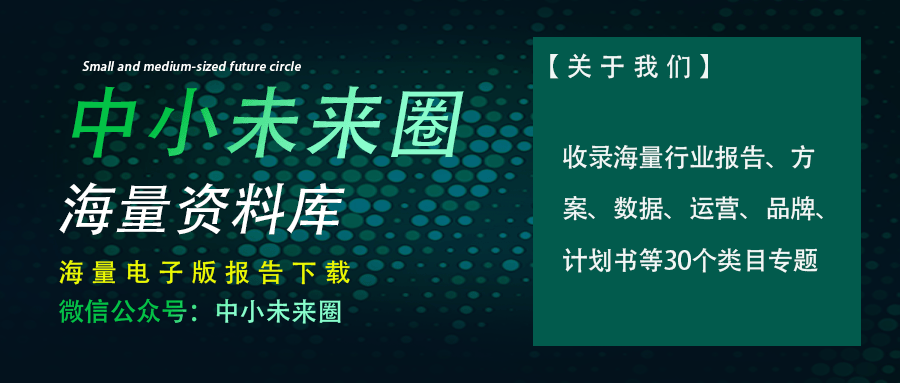
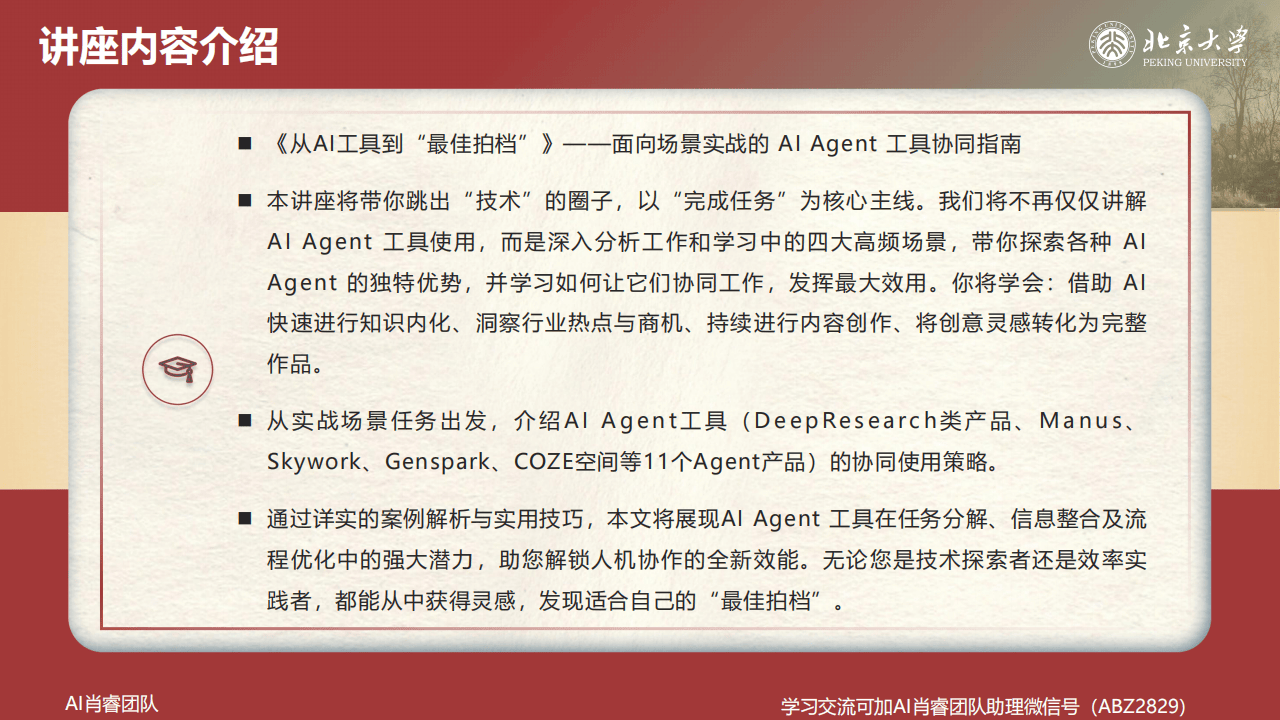
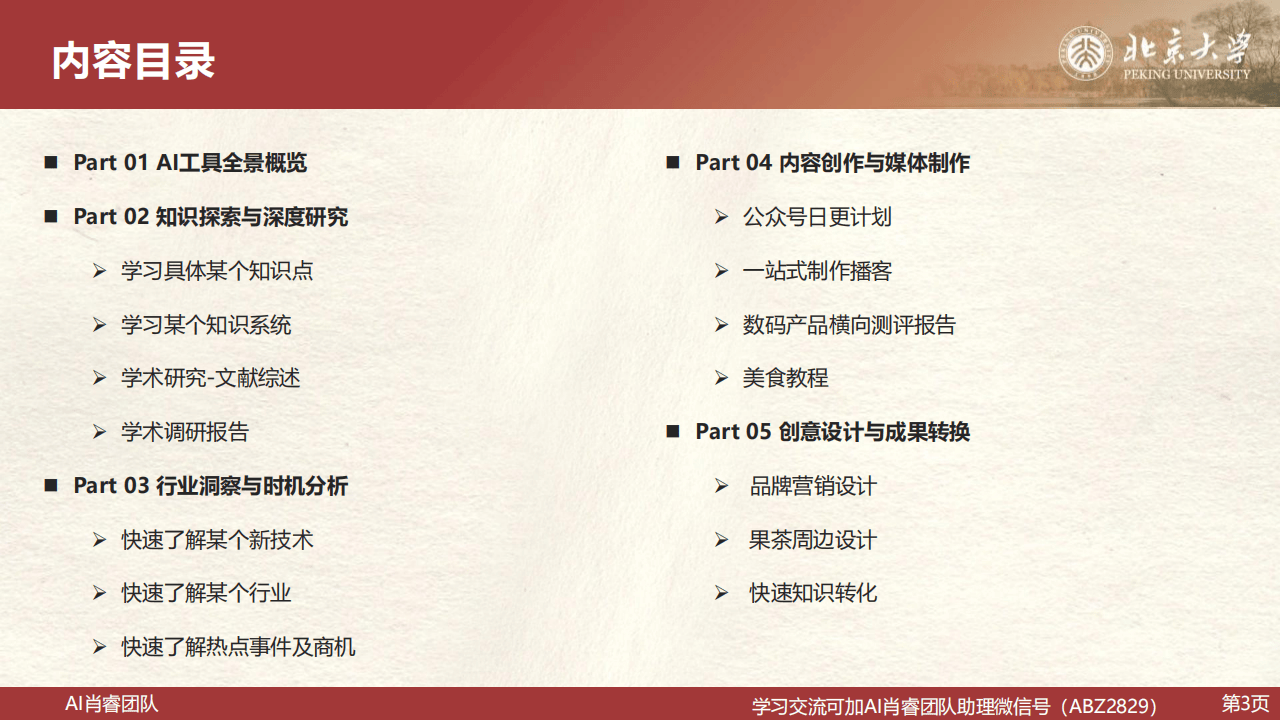

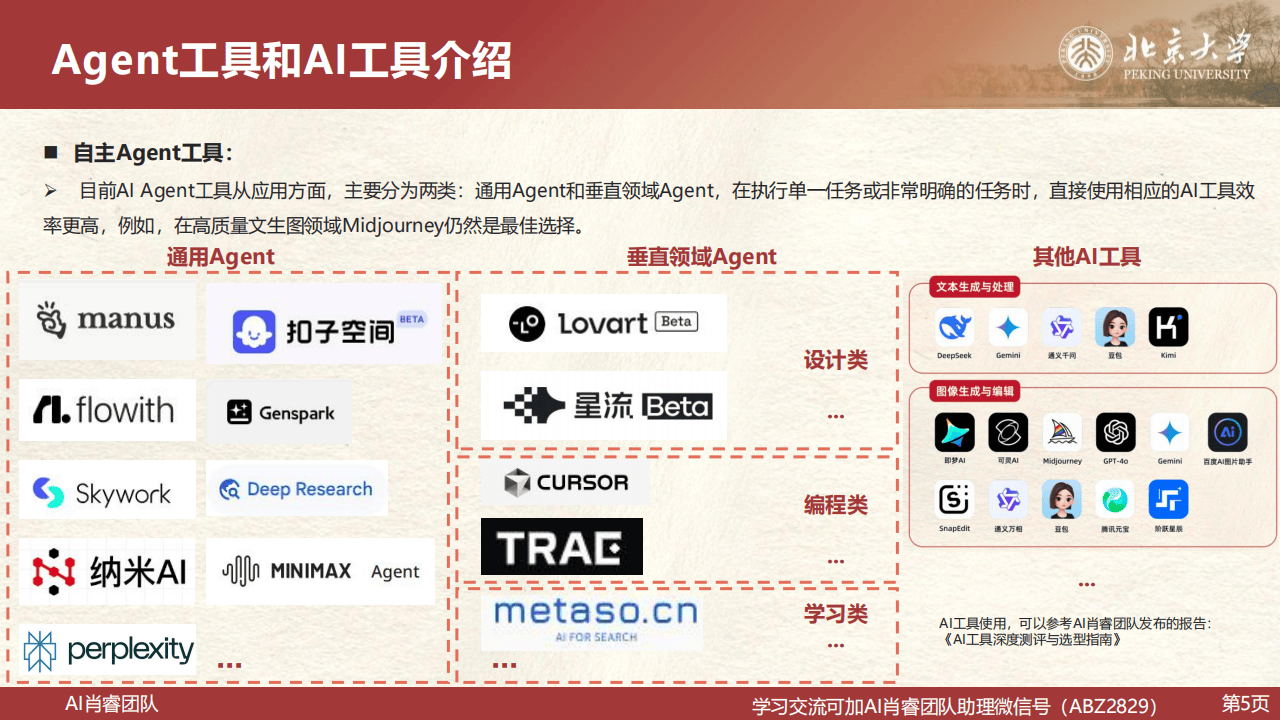
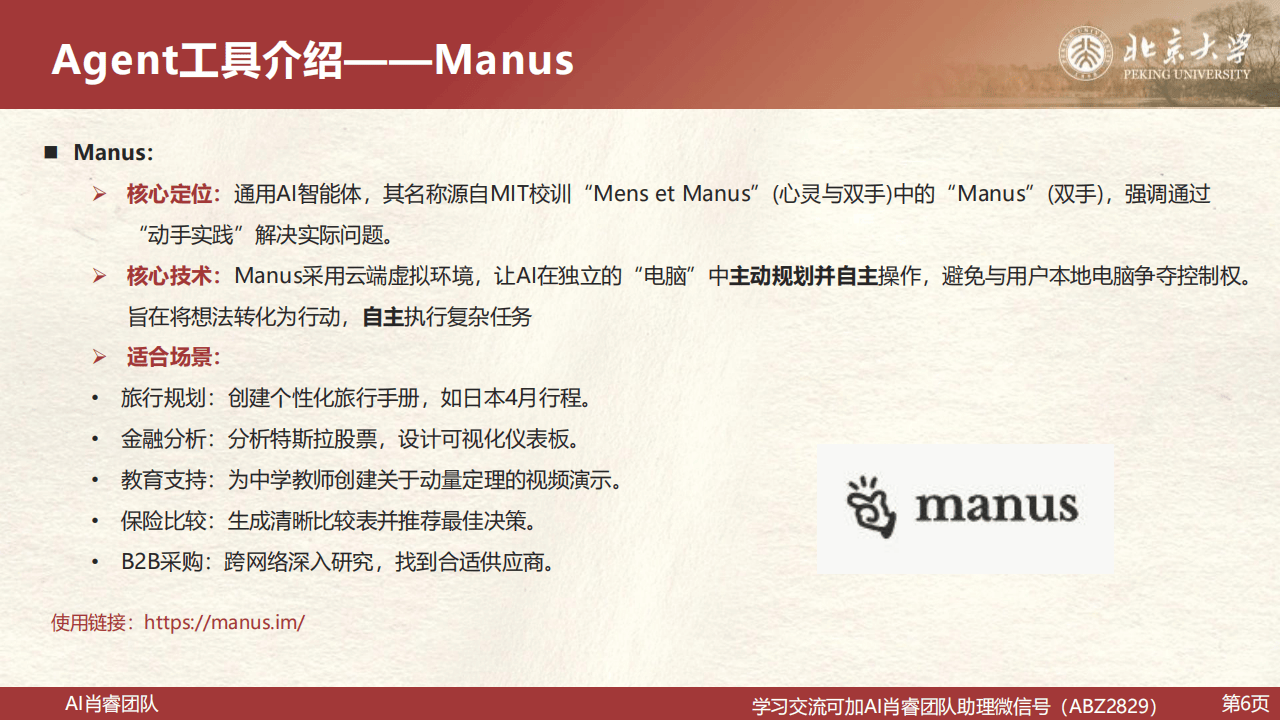
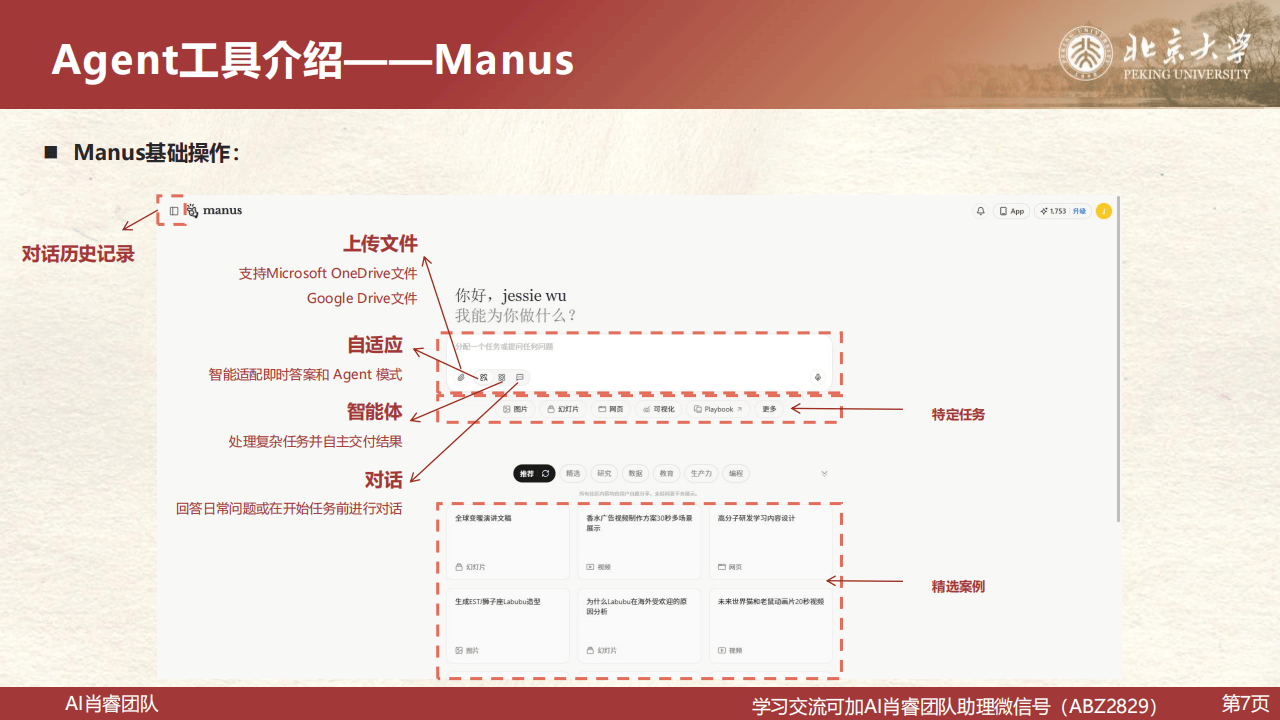
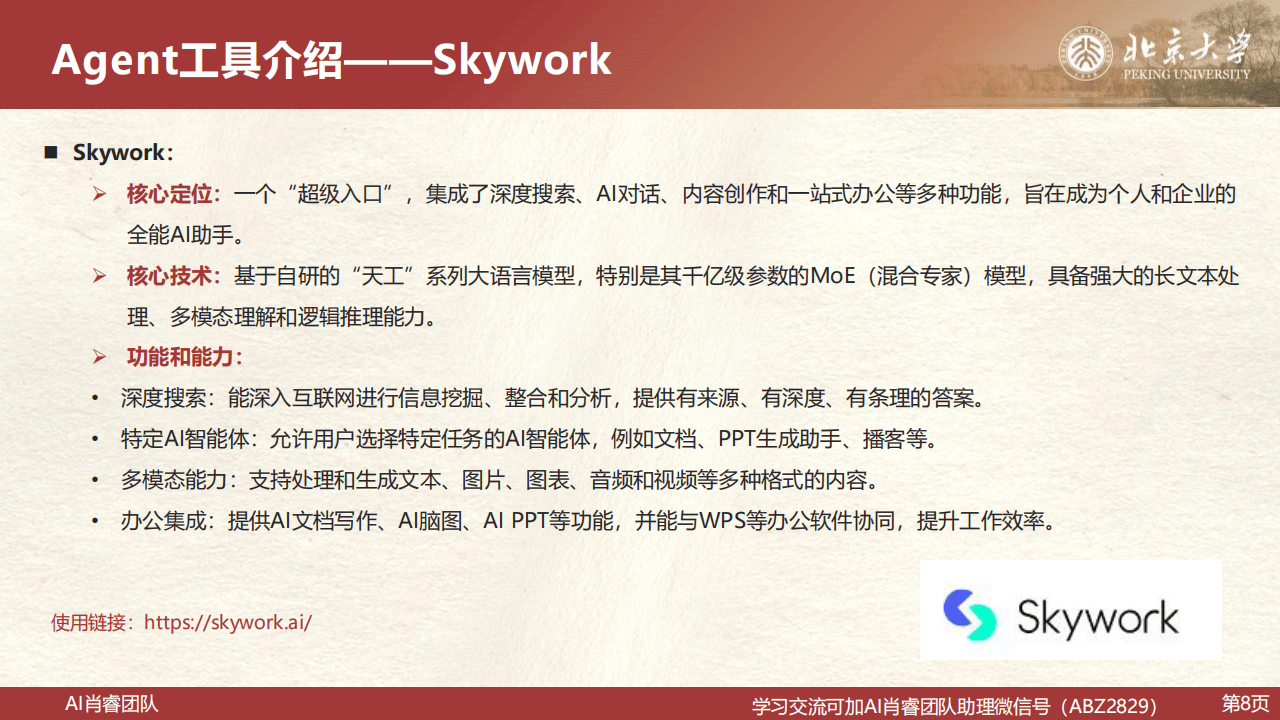
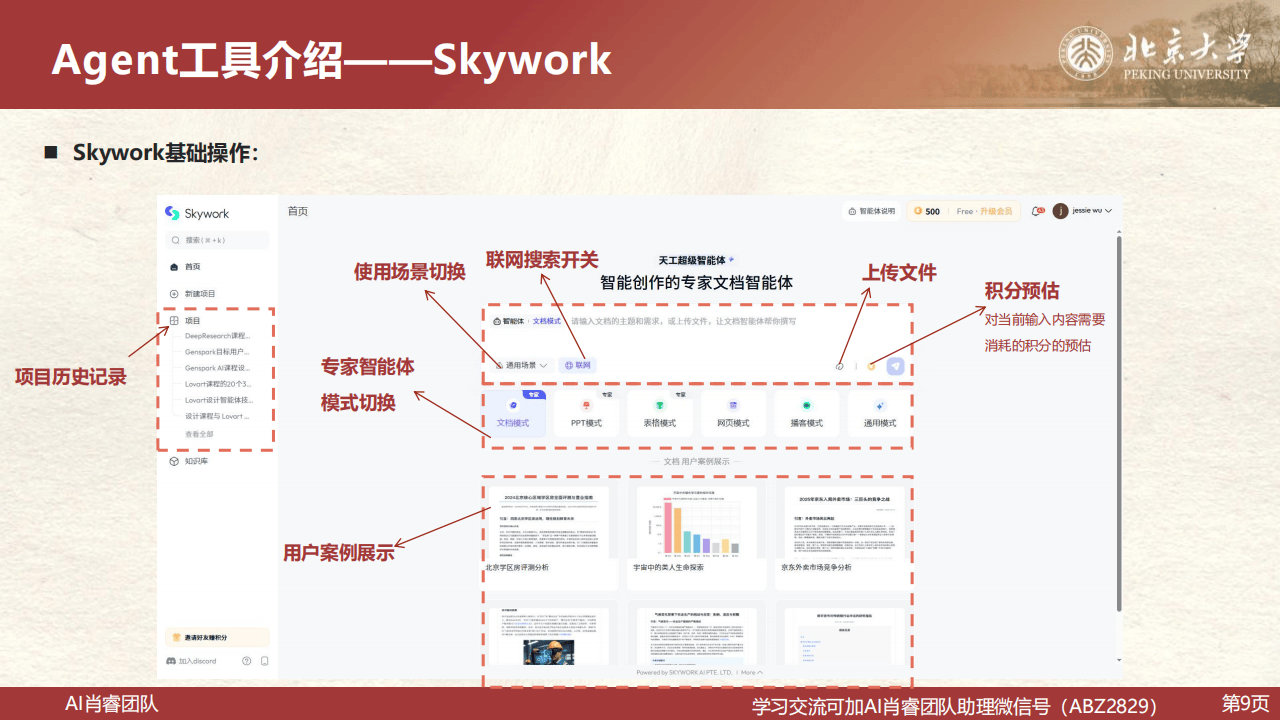
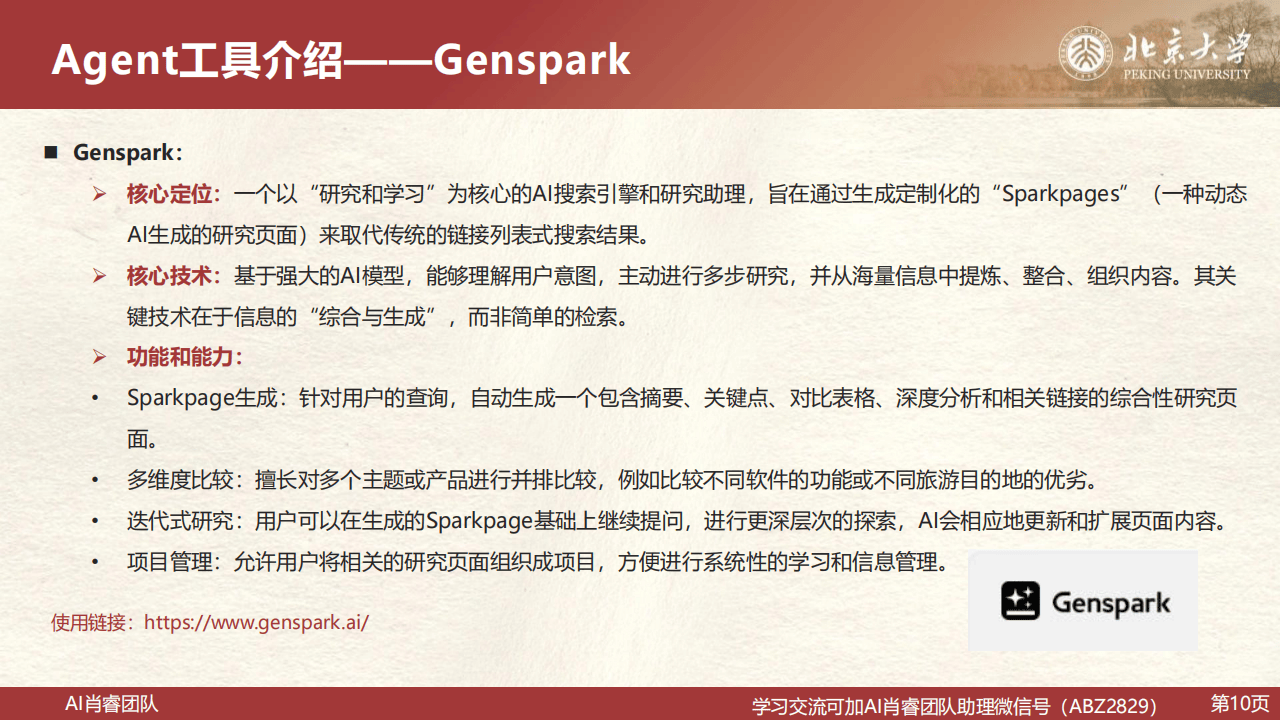
Report total: 100 pages
In the future circle of small and medium-sized enterprises, I have all the materials you need!返回搜狐,查看更多

